KAREN MARIA PETERSEN - THE SENTINEL OF “EMAUS” ORPHANAGE
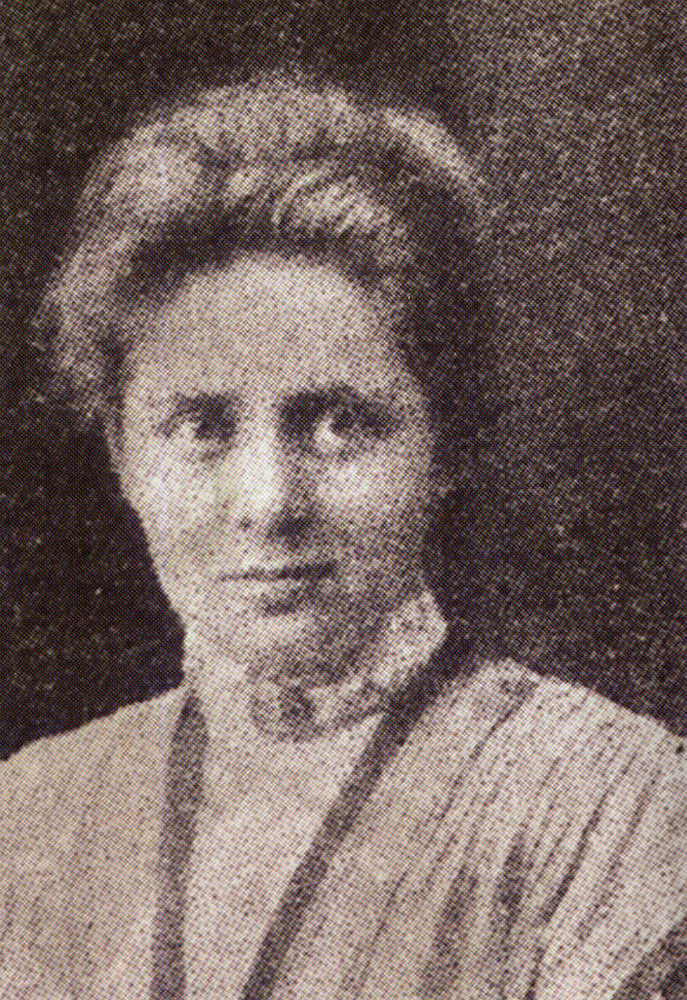 Karen Maria Petersen
Karen Maria Petersen
Many missionaries, who eye witnessed the Armenian Genocide, dedicated their lives to rescue Armenian children and women. Among them were a number of Scandinavian Missionary devotees, particularly the Danish Evangelical Organization's "Women's Mission Workers" (Kvindelige Missions Arbejdere, KMA), established in 1900 in Copenhagen. The slogan of the organization entirely characterizes the purpose of its activities, which is; “Women who work for the sake of women”. The main source of inspiration for the creation of the "Women's Mission Workers" organization was the Swedish KMA, which was founded in 1894, as well as the modern movements of the Danish revival Internal Mission and so called International Protestant, which aimed to present to the world the Bible and the light. An important impetus for the formation of the organization was also the series of Hamidian Massacres in the Ottoman Empire during the first half of the 1890's.
Initially, the Danish Mission was concentrated on the dissemination of the information on the condition of the Armenian people, who suffered from the massacres, as well as, Armenian orphans under American and German care in Bitlis, Van, Mush, Kharberd and Constantinople. However, very soon they realized that they need to establish their own orphanage and missionaries, who will work there. Thus, in 1902-1903 the Danish “Emaus” orphanage was established in the Mezre village of the Kharberd province.
One of the missionaries who was sent from the "Women's Mission Workers" to Kharberd for the missionary activities, was Karen Maria Petersen, who was appointed as director in the “Emaus” orphanage in 1909.
Petersen was born in 1881 in Nyköping city, Denmark, in a middle class family. Even though there is not much information about her, we know that Maria dedicated her adolescent years rescuing Armenian children and women. Towards the end of the war, she adopted an Armenian little girl and called her “Hope” (Huys).
Like a number of missionaries, Petersen also eyewitnessed the Armenian Genocide of 1915, recorded important evidence of atrocities, and saved many lives. Foreseeing the imminent danger to the "Emaus", Maria also took care of the most important needs of children and women under her care, which were food and clothes.
She was one of many people, who managed to get "accompanied" by her familiar Armenian people on the way to exile, and became the witness of their “Goghgota”. In her memoires, Peterson describes her state of mind, noticing, that for a long time she had lost the will to live.
“...
Many of them, particularly those from poor districts, didn’t want to believe that the situation was so serious. They don’t want to leave, they cry and beg “Let us die here”. But they don’t have home anymore, and they have to follow other people. “We carry our cross and follow Jesus” … “We go ahead the death, so pray for us” … Because of this kind of words our hearts were breaking with the thoughts, that we see this tragedy, but we are not able to do anything …”.
Eyewitnessing the deportations of the Armenians, Peterson managed to write down some testimonies of survivors in 1915, but unfortunately not all of her diaries lasted to this day, only some of them which were published are kept in the Danish KMA archives.
In one of the publications of 1920, Peterson touched upon the poster placed by the Ottoman authorities in Mezre, which fully exposed the persecution policy of Armenians;
“Everyone regardless, if he is Christian or Muslim, who will hide an Armenian in his house, will be hanged from his house’s door, and the house will be set fire and become a congeries of ash”.
There is another publication of 1932, where Maria details and figuratively presents the fate of the Armenians of Kharberd, their deportations and massacres, as well as, the destruction of the culture and religion of the Armenian peoples.
“October, 1915. Walking during the deportations… We deviated the main road, were happy because of the sun’s light and because of the fresh air. But very soon our happiness was ruined because of the scene of skeletons, freshly digged graves and scattered bones in the fields… All the churches of the village have been destroyed. It is very difficult to overthrow the walls of thousands of centuries, but they must be ruined. All the signs of the Christianity must be cleared up…”
Maria Petersen described her familiar Kharberd not only in her memoires, but she also painted it. One of the profound paintings is “Mezire” which was taken in 1917, where a panorama of Mazre is depicted. Golden fields of Mezre can be seen on the canvas, also Tsovq (Gyoljuk, now; Hazar) lake, Danish and German orphanages, the village of Yegheg, the building of the Factory which belonged to famous Fabrikatoryan brothers. One may say, that Peterson has reflected the Armenian atmosphere of Kharberd on the canvas, which became very familiar to her.
Nearly all the devotees of "Women's Mission Workers" were ready to come back after the War and continue their missions, but the rise of the nationalist movement led by Mustafa Kemal hindered their goals. So Karen Maria Petersen continued her mission in Syria, and Lebanon in the frames of KMA, devoting herself to the care of the Armenian refugees.
Inessa Stepanyan
Junior Researcher of AGMI
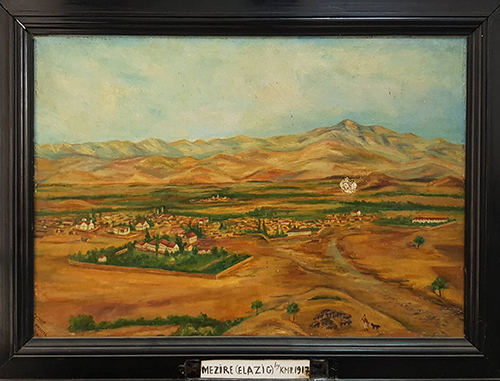
The “mezire” picture, painted by Karen Maria Petersen.
The collection of the Armenian Genocide Museum Institute foundation.
The donation by Hrayr-Mkrtich Srapyan
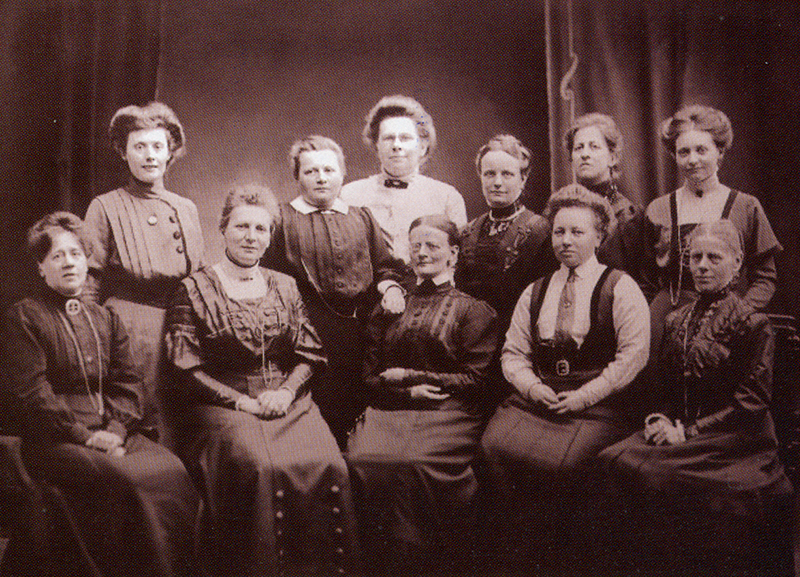
The First Committee of the “Women's Mission Workers”(KMA), Norway, the beginning of the 20th century.
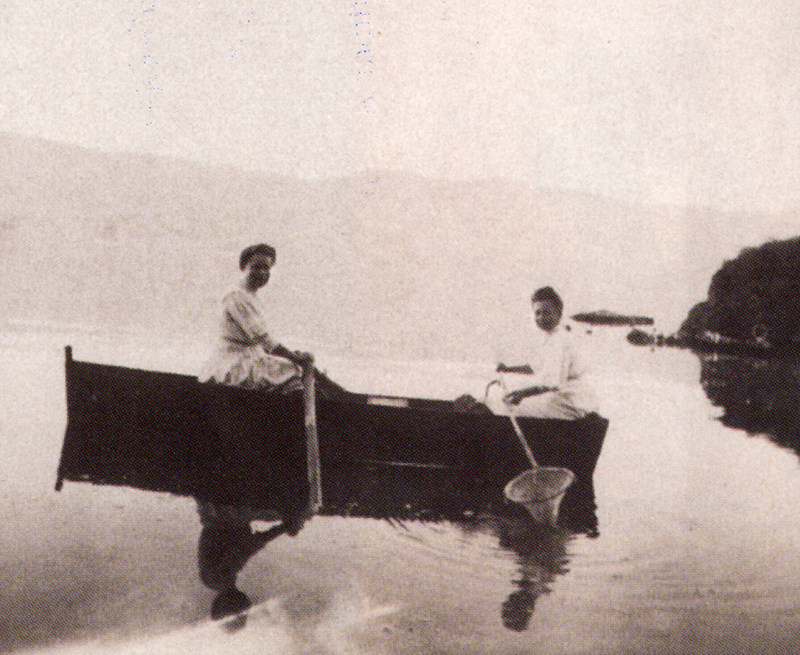
Maria Jakobsen and Karen Maria Petersen, Lake Gyoljuk, 1915
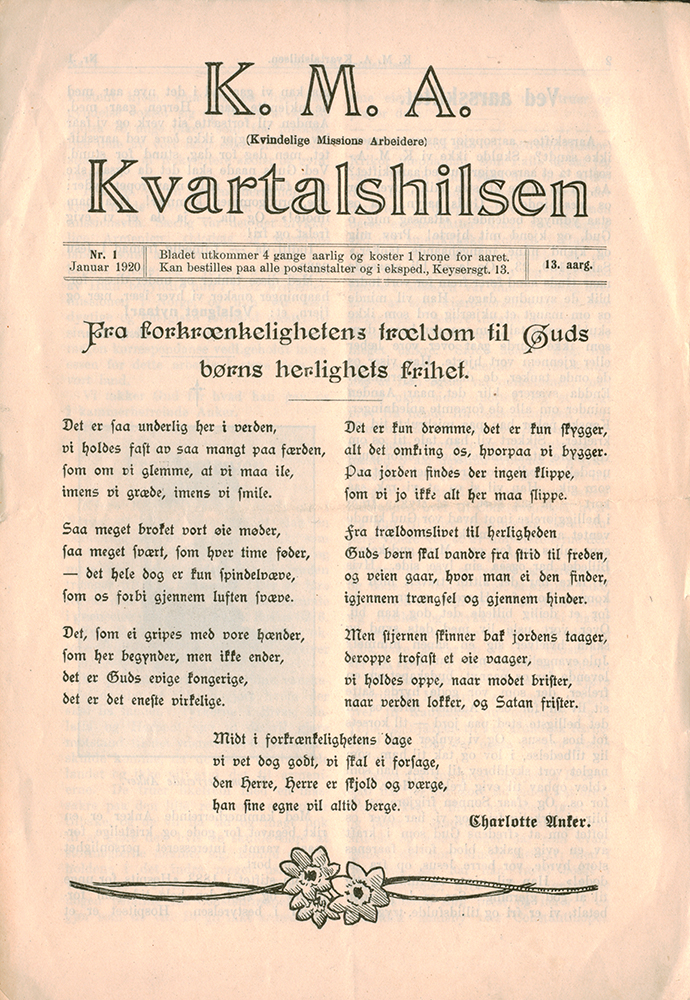
The first of January of KMA, which contained Petersen's material, 1920
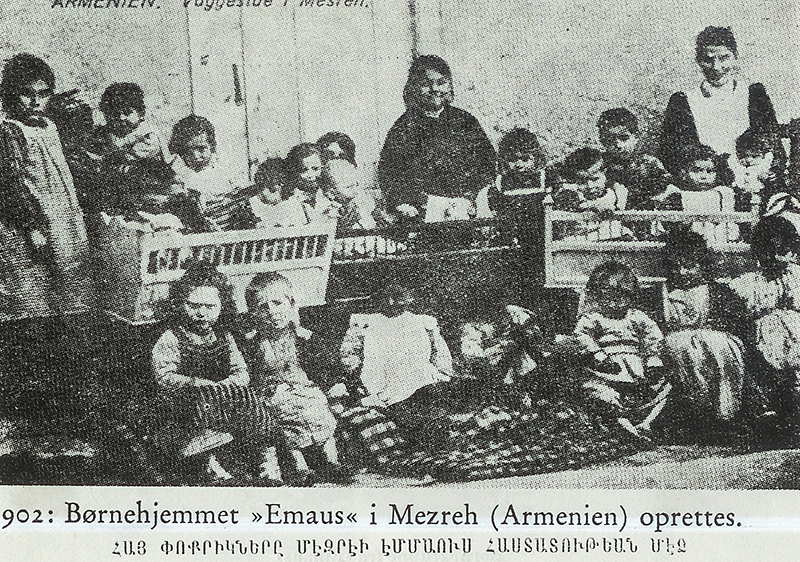
The children of Danish “Emaus” orphanage
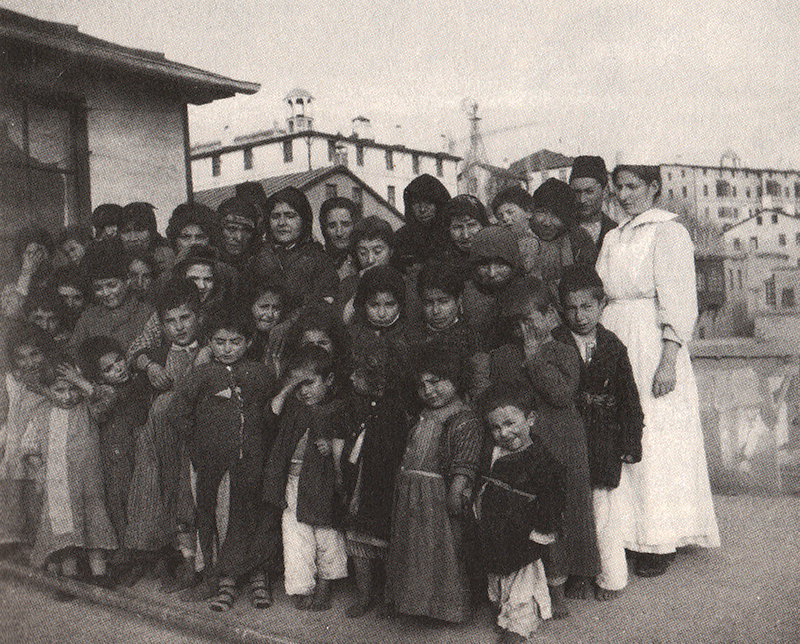
Danish “Emaus” orphanage
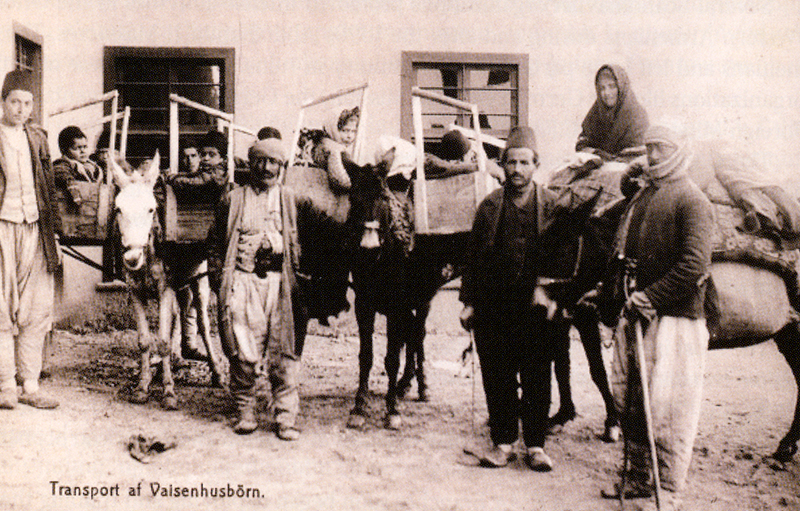
Danish “Emaus” orphanage
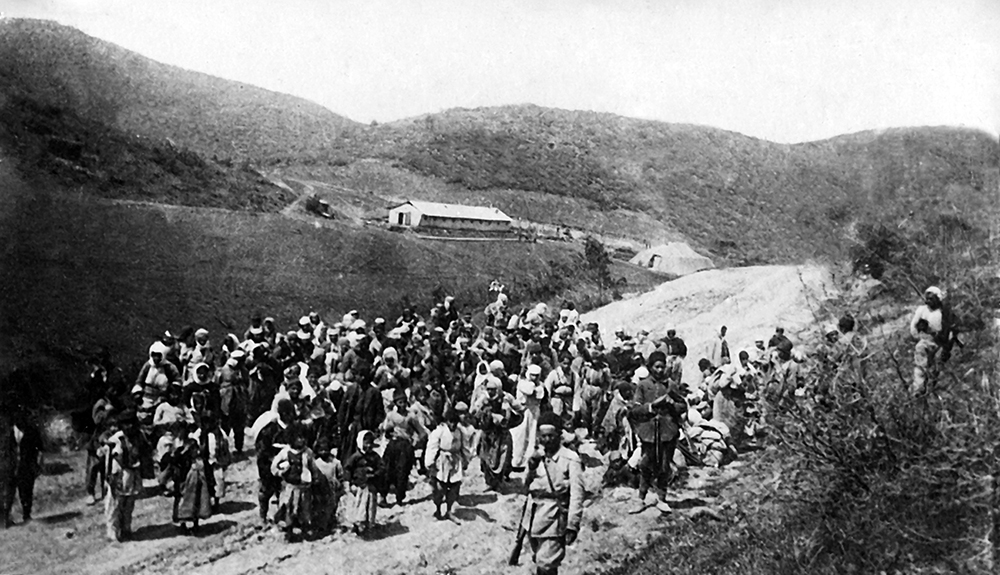
The scene of deportation of the Armenian population
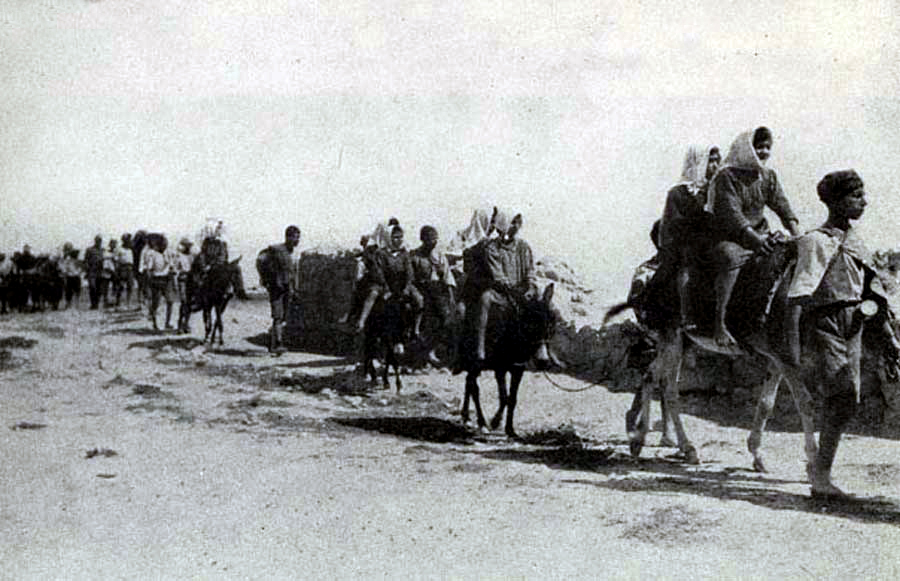
The group of 5000 orphans deported from Kharberd, 1922
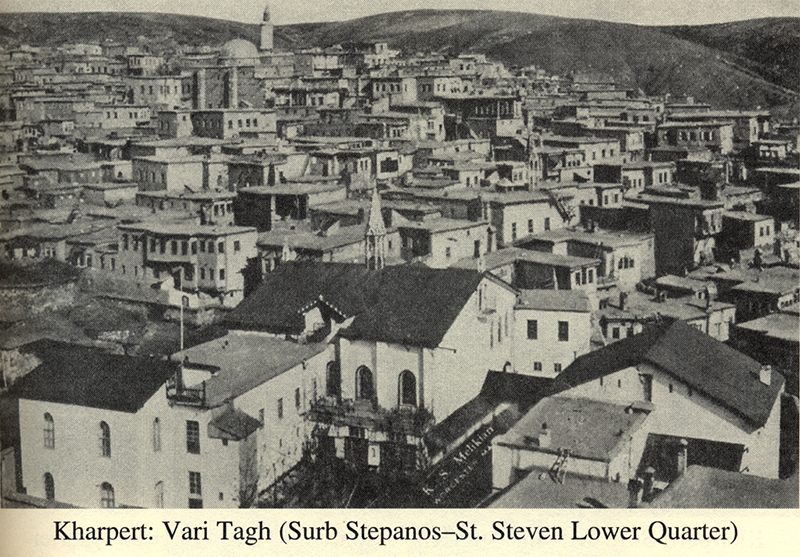
The Panorama of Kharberd
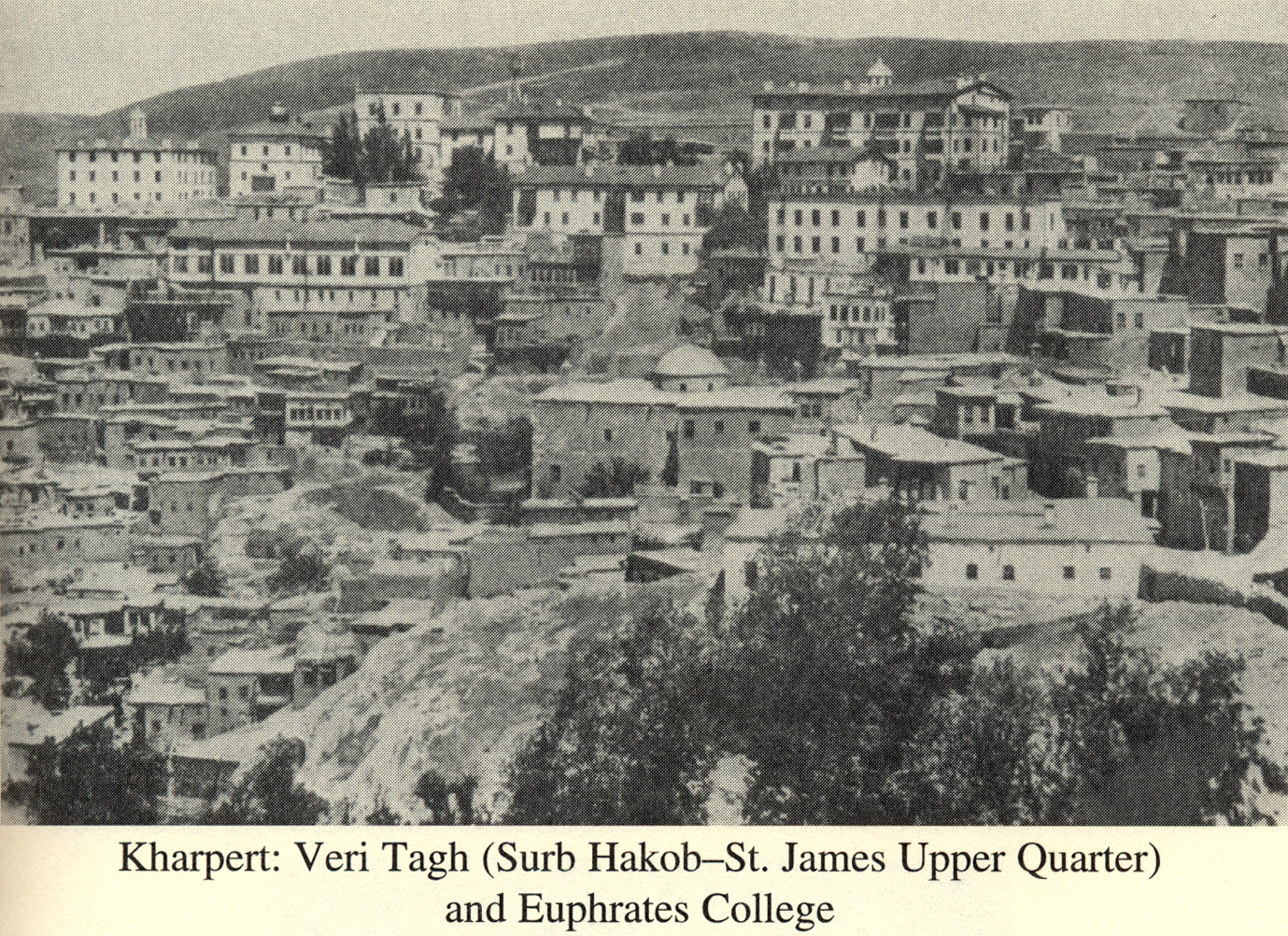
Scene from Kharberd
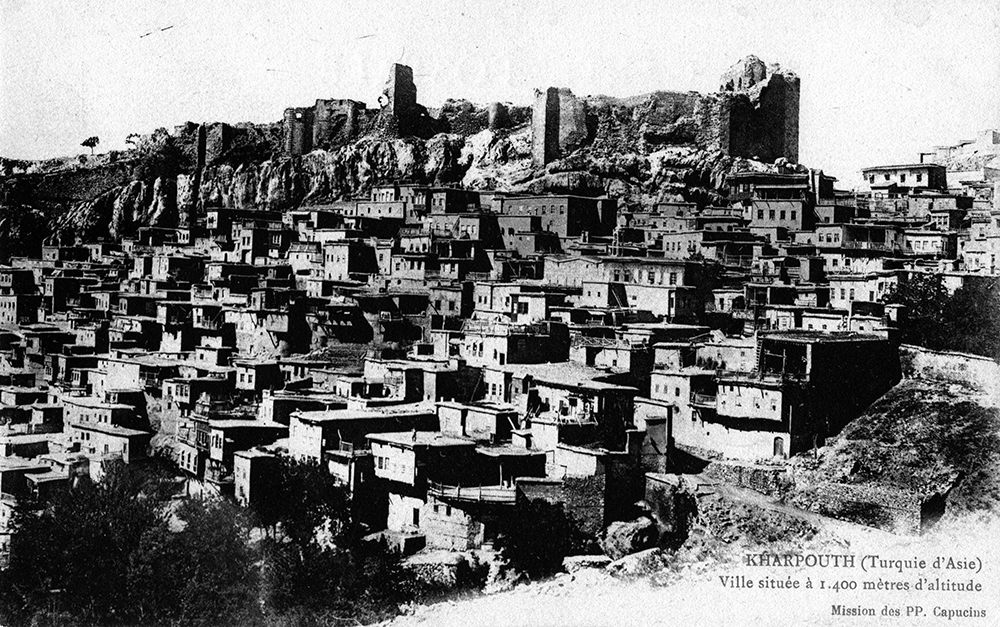
Scene from Kharberd

The Panorama of Kharberd
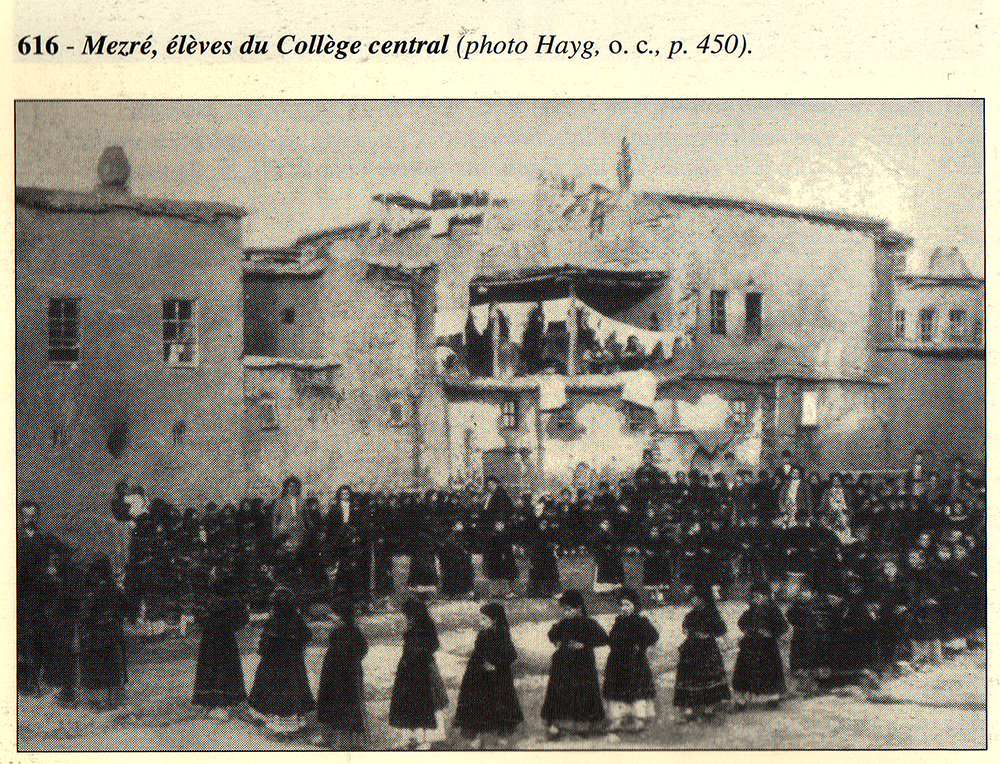
The central college of Mezre
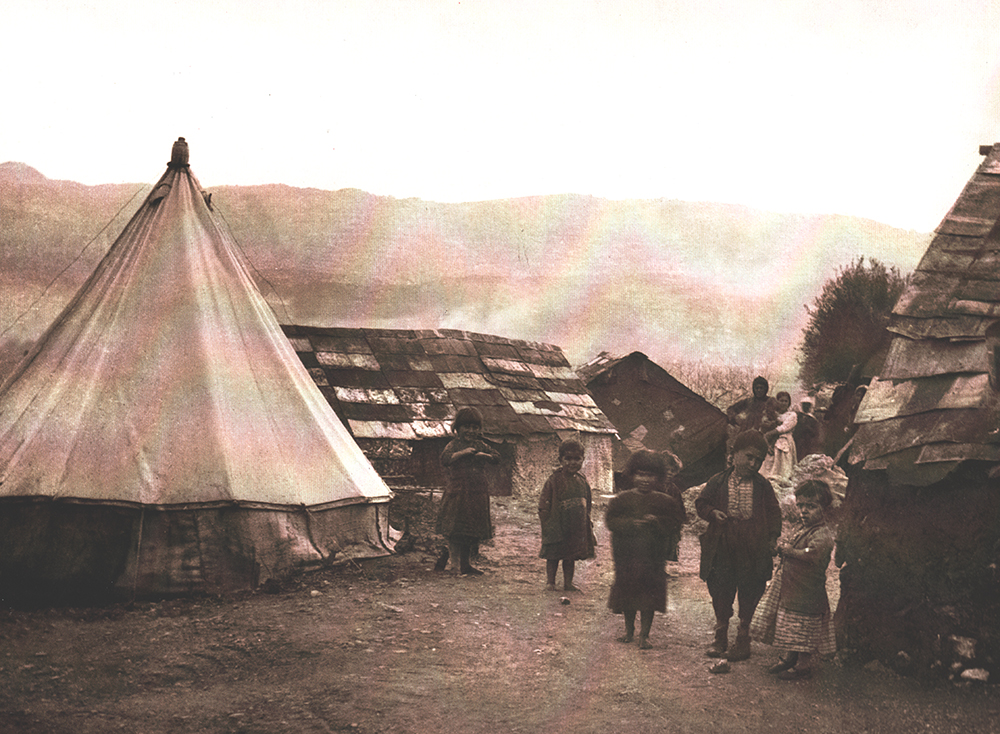
The refugee camp in Lebanon, 1917-1939
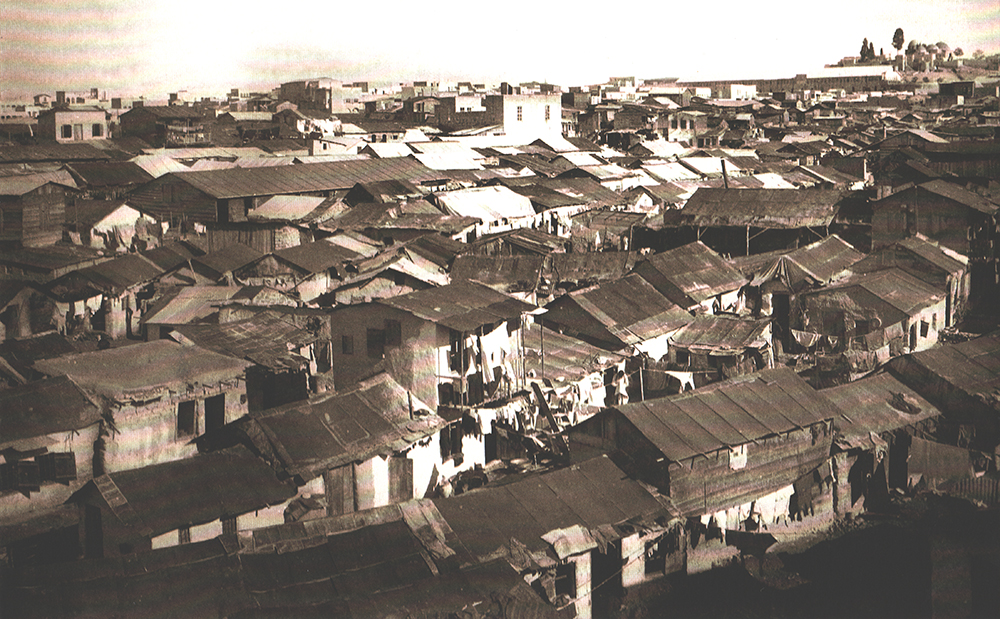
The refugee camp in Lebanon, 1917-1939
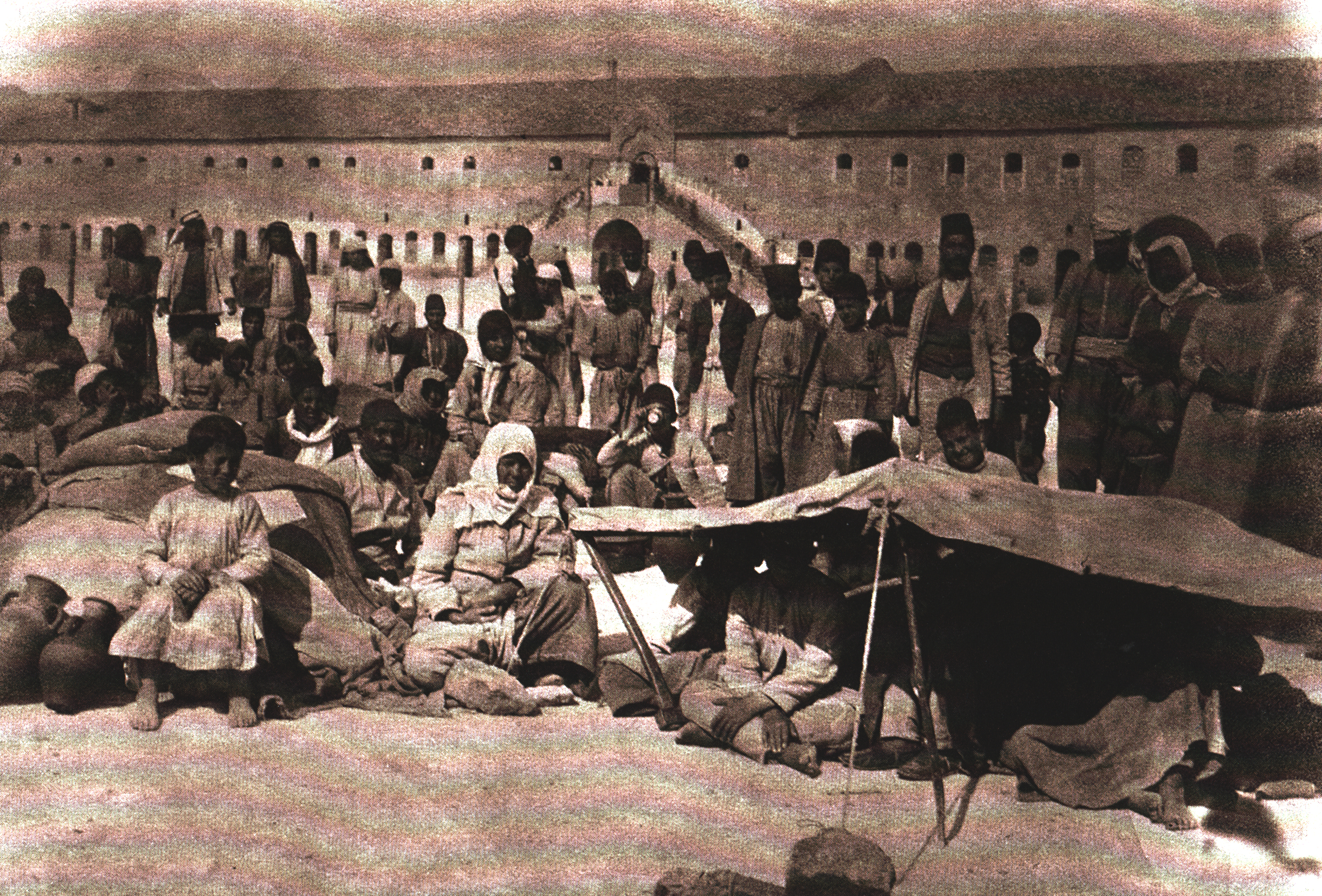
Barrack in Aleppo, which later became refugee camp, 1918





